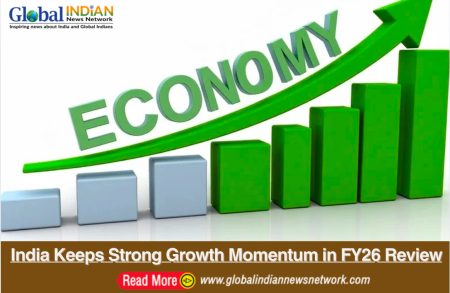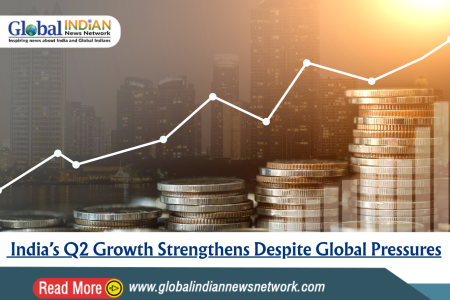
India’s e-commerce landscape is poised for exponential growth, with projections indicating a surge to USD 325 billion by the same year, while the digital economy is anticipated to soar to USD 800 billion. Invest India reports India as the second-largest Internet user-base globally, expected to become the third-largest online retail market by 2030, with 881 million users.
By 2030, India aims to cement its status as a global e-commerce leader, buoyed by a flourishing digital economy and a rapidly expanding internet user base. Forecasts envision India as a frontrunner in online shopping, with an estimated 500 million shoppers.
Presently, India’s e-commerce sector stands at USD 70 billion, constituting around 7 per cent of the total retail market. Internet penetration has surged, with approximately 52 per cent of the Indian population accessing the internet in 2022, totaling around 759 million people.
Various factors contribute to India’s e-commerce boom, including increasing internet penetration, rising smartphone usage, and affordable data prices. The Unified Payments Interface (UPI) has emerged as a significant player in digital payments, accounting for USD 1.5 trillion transactions in 2022.
Mobile data traffic has tripled from 2018 to 2023, showcasing a growing reliance on digital platforms. Initiatives like UPI, eKYC, and Aadhaar have streamlined the digital experience, reducing onboarding time by 80 per cent.
India’s e-commerce evolution extends beyond urban centers, with a significant shift towards rural-led value e-commerce expected by 2026. Government initiatives such as the National Logistics Policy aim to enhance logistics efficiency, particularly in hinterlands.
In hyperlocal mobility, India’s quick commerce market is poised to reach USD 5.5 billion by 2025, with companies like Swiggy and Zomato pioneering the market. Health tech is expected to witness substantial growth, creating job opportunities, while social commerce is projected to reach USD 70 billion by 2030.
Key mergers and acquisitions in the e-commerce sector have been notable, reinforcing companies’ positions. Government initiatives like Jan Dhan Yojana, BharatNet Project, and the introduction of Goods & Service Tax (GST) have been instrumental in shaping India’s digital economy.












